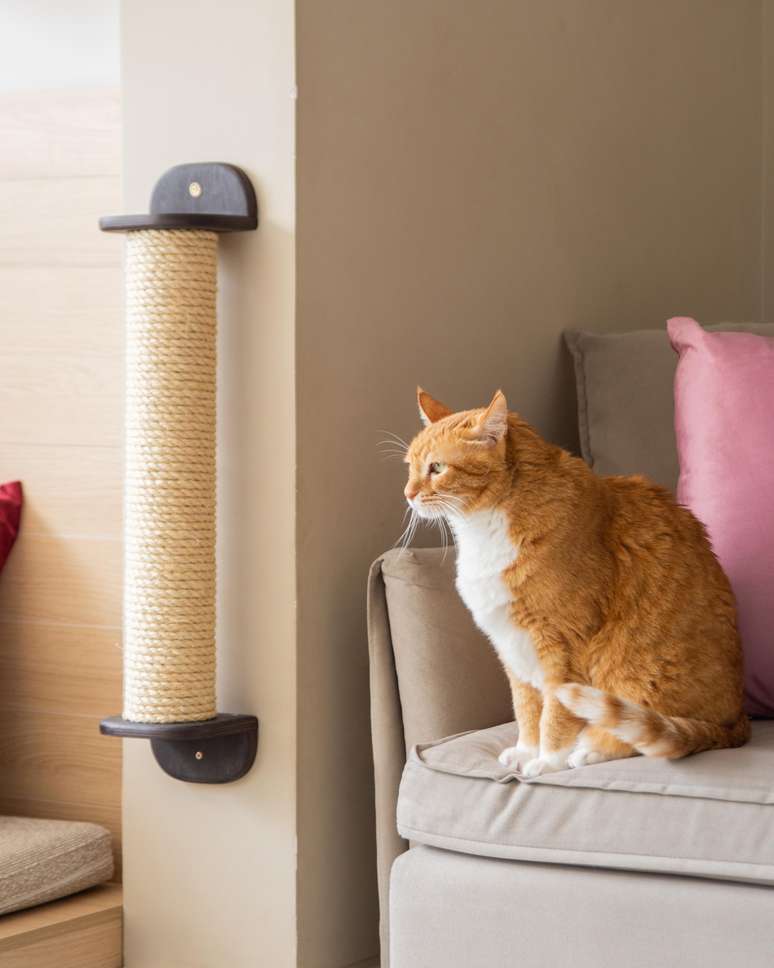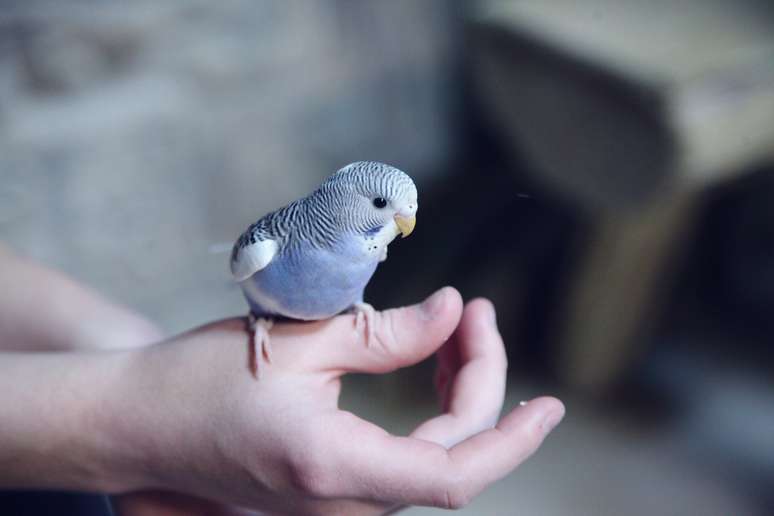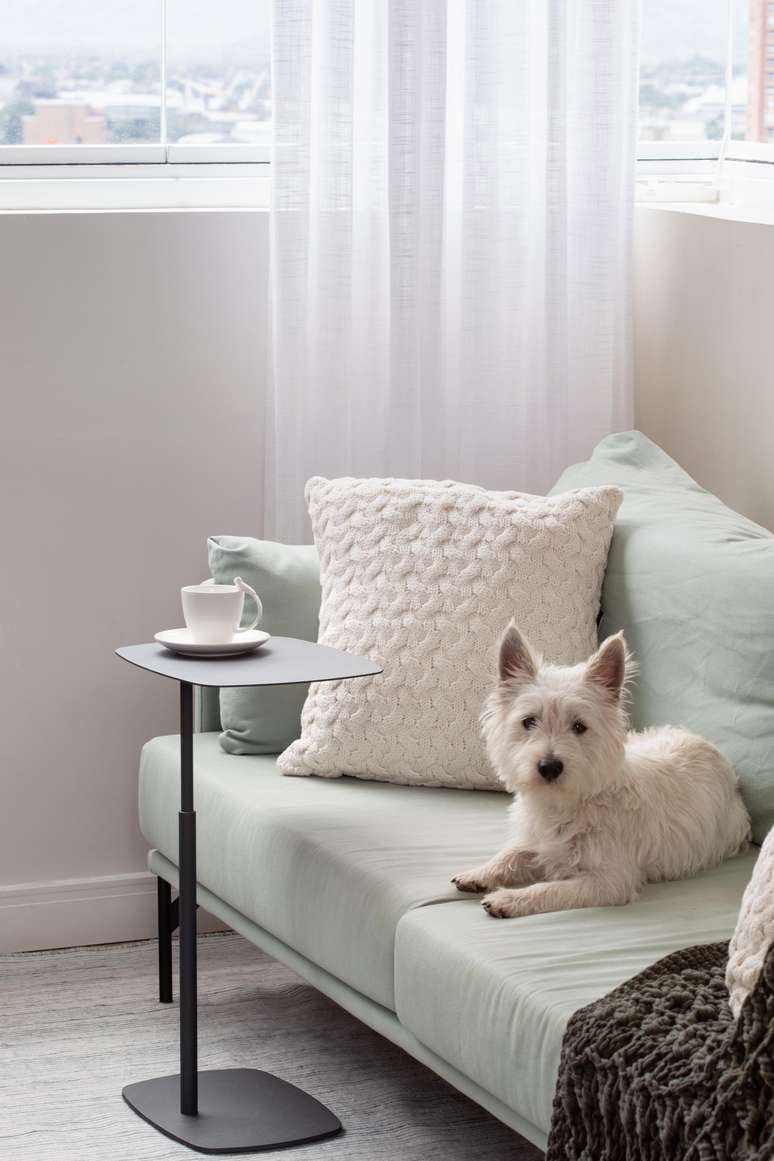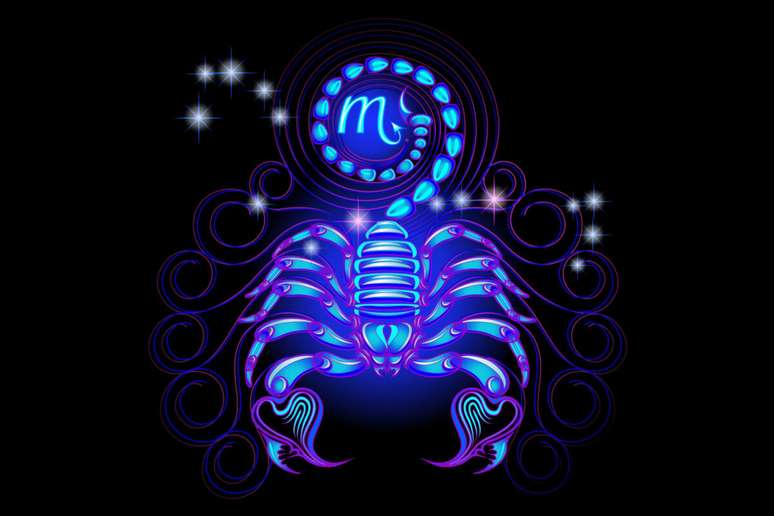The intensity and color of the lights can influence their well-being
Just as the human body works according to the circadian cycle, so do dogs and cats! In other words, different types of lights interfere with your metabolism and health.
If you’ve noticed that your pet is more agitated, stressed or sleeping little lately, it’s possible that the intensity and color temperature of the light bulbs in your home have something to do with it.
To help create a calmer and more comfortable environment for him, consult Yamamura’s guidelines:
Natural light
Since animals also follow the rhythm of the circadian cycle, give priority to natural light It helps your well-being a lot. Therefore, choose to increase your pets’ contact with the external areas of your home or to keep the curtains and windows open so that they have contact with the different phases of the day.

Artificial lighting
In the case of lamps and other options, ideal simulate natural light. Invest in products that promote a diffused and indirect lighting, providing consistent clarity. A good tip is to use devices that allow the regulation of light intensity for a better adaptation to the night.
Fixtures with variable color temperatures are also a great option, as you can adjust the color throughout the day, varying between warm and cool, from more yellowish tones to more intense whites.
What to avoid
In the environments most frequented by your pet, avoid very strong or focal lights, as they can damage the animals’ eyesight. Also be careful of decorations with lights that flash a lot.
I have other pets, now what?

For those who have birds in the house, attention to lighting is similar, as bird vision is very clear. It’s also important increase sun exposure throughout the day, as they need it to regulate their metabolism.
In the absence of this factor, choose to work with artificial lighting that simulates natural lighting – with a cool white color temperature (5000K) during the day and, as night approaches, it will be important to reduce the intensity and temperature color at a more yellowish tone level (2400K to 2700K – warm white).
In case of reptileslike lizards and turtles – which are cold-blooded and live in aquariums or terrariums -, use lamps that emit UVB radiation so that it is possible to imitate their natural environment. This way they will be able to regulate their body temperature and metabolic production. It is also interesting to create day and night cycles, providing light and darkness for 12-hour periods, which can vary depending on the species.
Source: Terra
Ben Stock is a lifestyle journalist and author at Gossipify. He writes about topics such as health, wellness, travel, food and home decor. He provides practical advice and inspiration to improve well-being, keeps readers up to date with latest lifestyle news and trends, known for his engaging writing style, in-depth analysis and unique perspectives.









